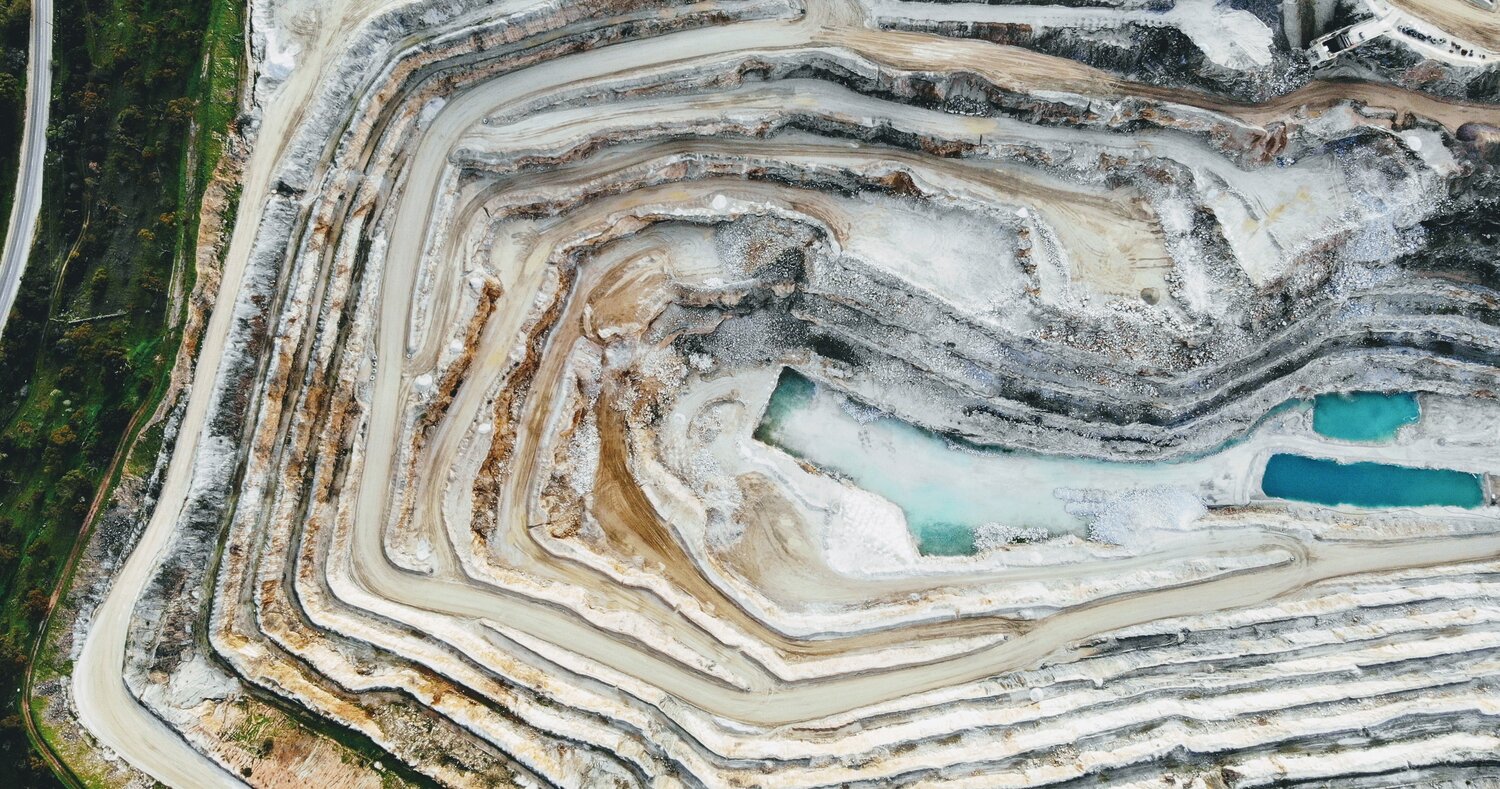The operation of a mine in a foreign country is one of the most complex and risk fraught activities that an investor can become involved in. From long-range projections to super cycles and crashes in mineral prices, to the dizzyingly complex credit arrangements and compliance with local licensing, labour and tax laws, mining is not for the faint of heart.
And then, on top of it all, there is the near-constant threat that competitors and state powers want to seize part or all of your investment.
In the not-so-distant past, these interventions were often unsubtle. Expropriations or nationalisations were done on the basis of little warning or explanation, local executives could be thrown in jail or expelled, while licences could be revoked through brazenly corrupt administrative measures.
Now, thanks to conventions and bilateral investment treaties, states have softened their approach — but the constant risk of new leaders promising to deliver a larger share of the mineral wealth, whether or not they are legally able to do so, represents a recurring challenge.
In such an environment, we need to update the way we think about risks and especially how we anticipate, respond, and defend an asset when it becomes a target of politics.
Back in 2003, international financial institutions became first began to catalogue and define these risk profiles — but assigning them to people instead of assets — under a rubric known as “politically exposed persons” (PEPs). According to the UK’s Financial Conduct Authority, a PEPs are understood as “individuals whose prominent position in public life may make them vulnerable to corruption. The definition extends to immediate family members and known close associates”.
In reality, a PEP is more than just someone vulnerable to corruption, they are also susceptible to a political attack in the guise of criminal charges, public statements by politicians or myriad other ways politics can be used against a person. In other words, their political character politicises every action they take, every statement they make, and every investment they hold —PEPs are seen as riskier, so credit and opportunities become scarce, and as a result, their value discounted.
So isn’t it time that we began to think of assets in the same way?
Politically exposed assets (PEAs) are not necessarily linked to a single individual with a personal risk profile. Consider, for example, a public company acquiring a key piece of transportation infrastructure such as a toll road. This asset, crucial to the public, is inherently subject to political attack when there are delays to its construction, the public company needs to take out critical road works or some other problem arises.
The investor and operator may be attacked politically, and the end result is that the asset itself loses value. Therefore, a nonpolitically exposed company, per se, is thrown into that realm by virtue of its ownership of a PEA.
But while valuable infrastructure assets in developed countries can often be considered under this classification, there is also significant risk associated with strategic assets in the developing world — such as the extractive industries in Africa — as the state’s tax revenue base is often over-dependent on a single export.
Currently, some of the most concerning issues surrounding PEAs can be seen taking place in Tanzania under President John Magufuli, who managed to force Acacia Mining, a company majority owned by Barrick Gold, to pay $300m in back taxes and hand over a 16% stake in its mines and split “economic benefits” from operations. Now, after losing more than 70% of share value, two Chinese firms are currently negotiating a possible takeover of Acacia’s mines at a steep discount.
In the future, miners are in for a rough ride in Tanzania — royalties on gold, copper, silver and platinum exports have been jacked up from 4% to 6%, while the state is demanding 50-50 profit sharing and a minimum state-held stake of 14% in all mining sector projects.
A few years earlier, an infamous attack took place in Guinea on the Simandou iron ore deposit, possibly the largest and most valuable mining property in the world. Caught in the middle of the competing political interests of major global players, the Simandou predicament is a “Champions League” example of a PEA.
The original licence, obtained by Rio Tinto, was then flipped to Beny Steinmetz in allegedly corrupt circumstances at a knockdown price, before being laundered to Vale, followed by Rio’s attempted sale of its stake to Chinalco. Yet to date, no iron ore has been pulled out of the ground, and it doesn’t look like it will happen any time soon.
Any movement, sale, development, plan or utterance on Simandou is amplified by this politicisation. Once the most valuable mining asset in the world, most investors are pulling out as quickly as they came, a retreat that’s stirred in-fighting over what went wrong. Its PEA status devalued a fundamentally valuable mine.
To halt the slide in these valuations of assets, operators need to understand how and why the attacks are taking place. The source of the attack — usually but not uniquely a clique within the state — is used to operating with opacity. This means that any political attack brought against an asset, or its owner, can be made “behind the scenes”, or in a manner where it’s clear that the attacks will continue, absent should the political threat to the government not subside, or there’s a failure to pay bribes or patronage. There is little fear of accountability or punishment, at least locally.
So operators need to be well prepared ahead of time to communicate the positive terms of the original agreement with communities and state and their contributions to the country, and also be prepared to weather the storm of the nationalist narrative. The states will claim that mining company A refuses to pay its fair share of tax, and that is the reason for the country’s underdevelopment (as opposed to the failure of governance).
Experienced operators have shown great skill in handling some of these challenges with a strategic plan in place. They simultaneously show a willingness to take the attack public while seeking common goals with the state, defending the asset to then achieve resolution.
There are, of course, other horror stories, and there are many varying levels of politicisation when discussing what constitutes a PEA. What’s important is that we, as advisers and investors, can identify what a PEA is, and proceed to deal with the risk that investing in such an asset carries. By meeting that challenge head-on, we can cushion the impact from the brunt of the asset’s inevitable consequences.
This article was originally published in Business Day on 4 February 2019.


